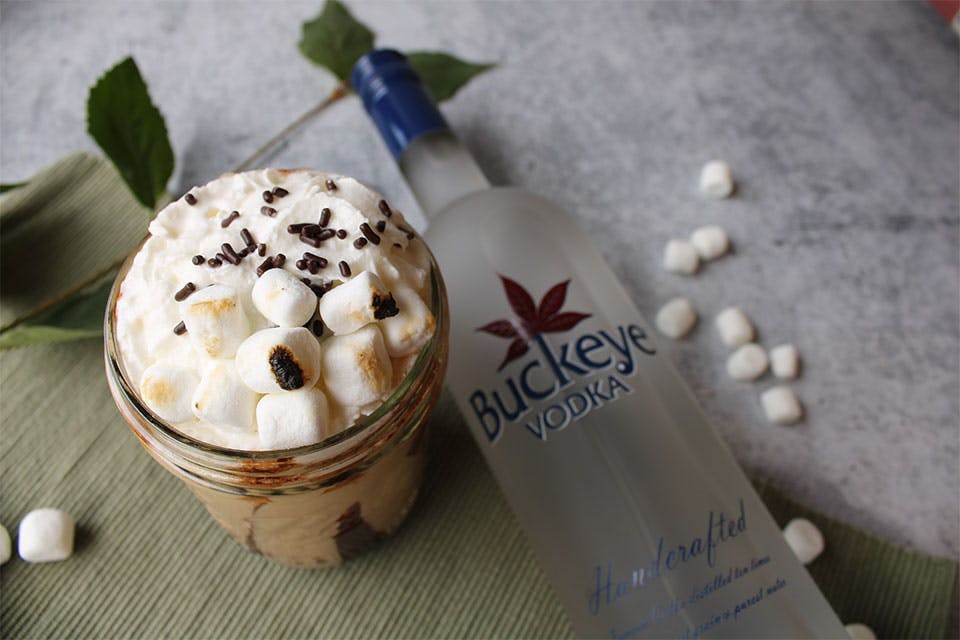Home + Garden
Sunny Faces
You can't help but smile at the sight of a field of sunflowers. Buy or pick a bouquet and find inspiration for your garden.
Related Articles
.jpg?sfvrsn=24e8b738_7&w=960&auto=compress%2cformat)
See 500,000 Tulips in Bloom in Granville
Visit Timbuk Farms & Garden Center this April for the the annual Tulip Festival season. READ MORE >>
.jpg?sfvrsn=fc2b738_5&w=960&auto=compress%2cformat)
Grow an Ohio Garden with the Native Plant Backyard Challenge
Make your outdoor space into a haven for birds, butterflies and pollinators this season by taking part in this National Audubon Society program. READ MORE >>

Buckeye Vodka Shares 3 Summer Cocktail Recipes
We teamed up with Dayton’s own Buckeye Vodka to bring you some mixed drink inspiration. Try this trio of light, delicious offerings at your next summer party. READ MORE >>


